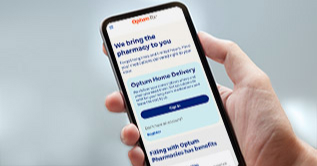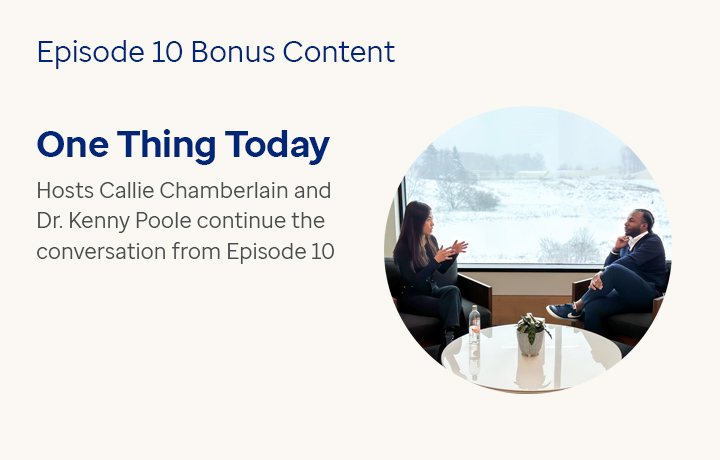In this bonus episode, our hosts Callie Chamberlain and Dr. Kenny Poole break down primary care, nurse lines, telehealth, urgent care and emergency rooms so you can find the right fit for health situations ranging from small to serious.
Health care
We provide affordable and personalized care
Financial
Accounts to help you save and pay for health care expenses

Open enrollment
Plan ahead for 2025
Open enrollment is here. Explore your financial health benefit account options to maximize your benefits. Visit the Resource Center to learn more.



